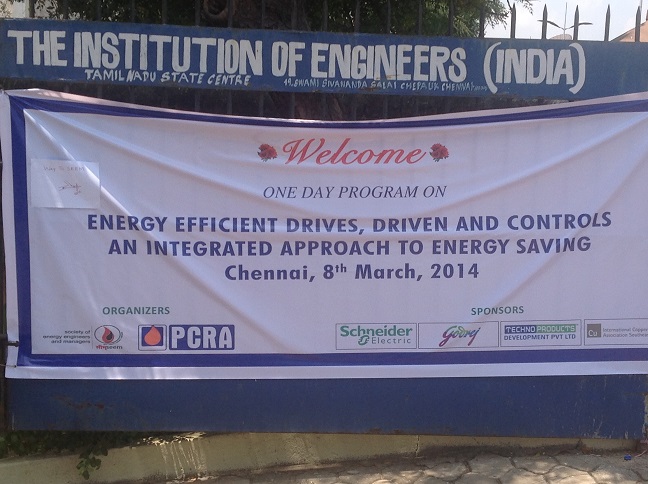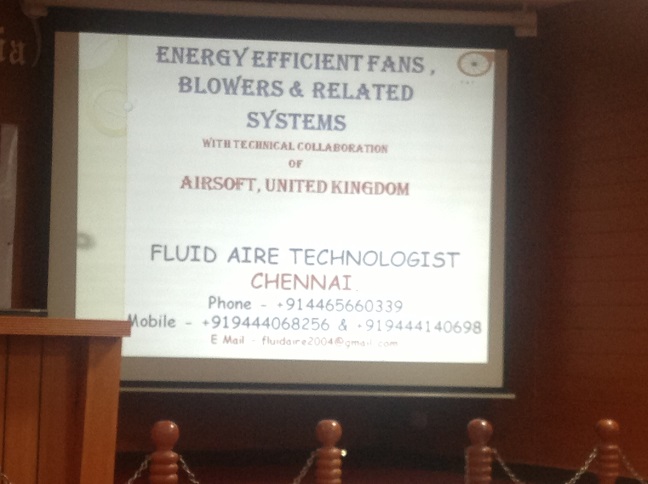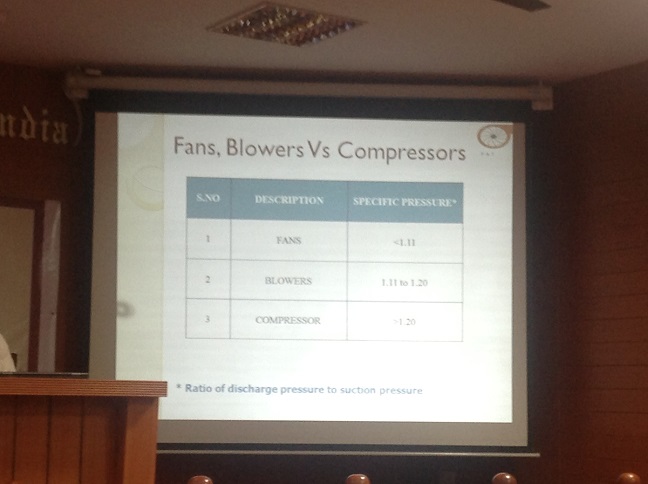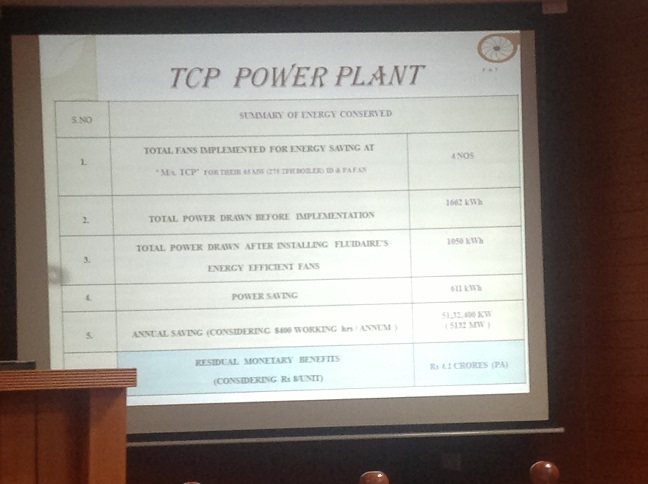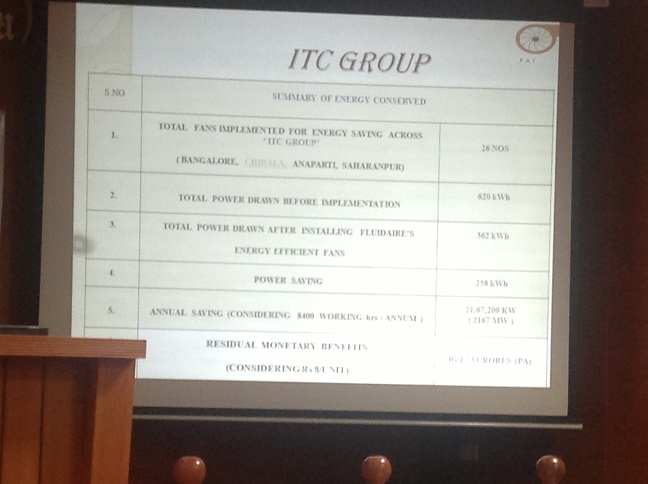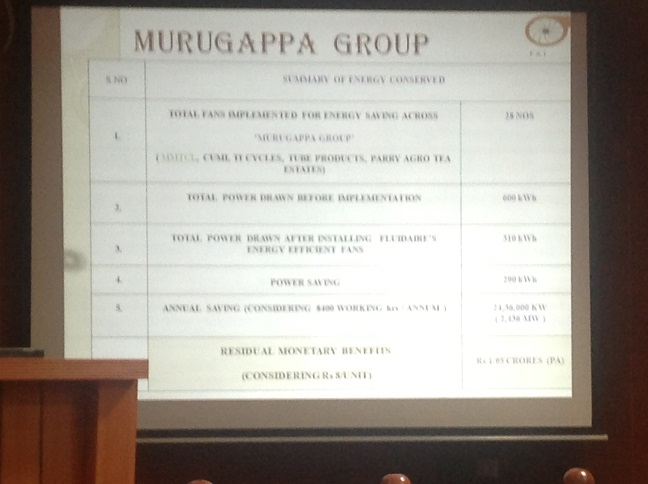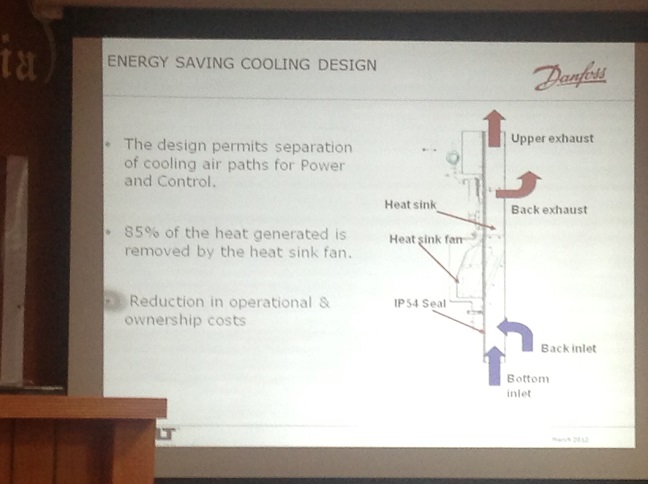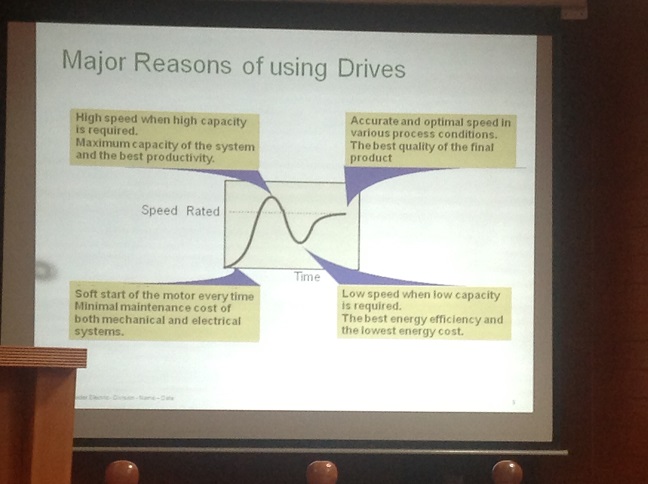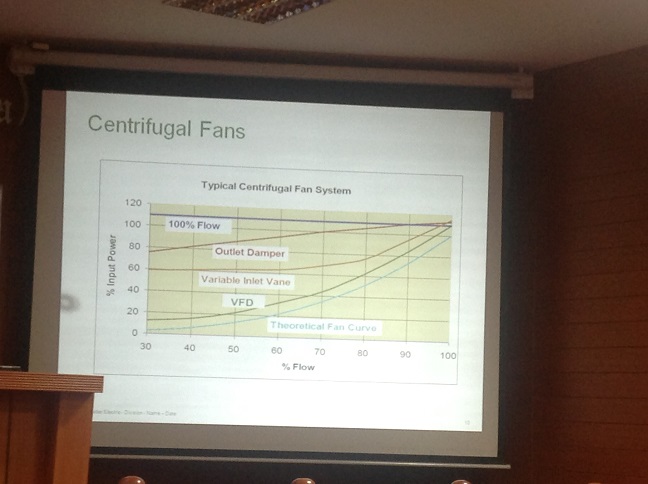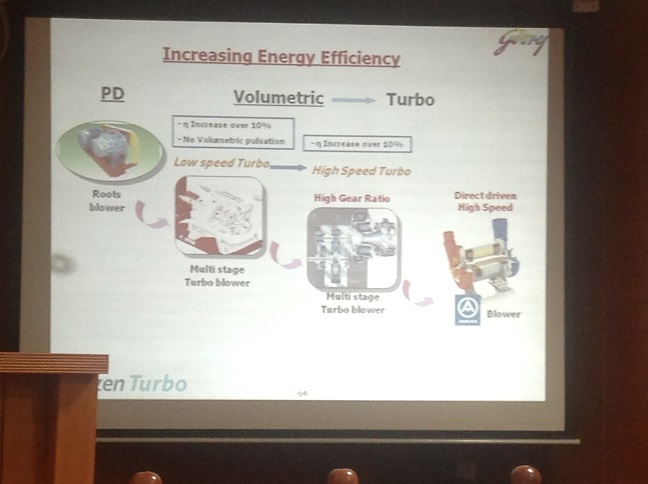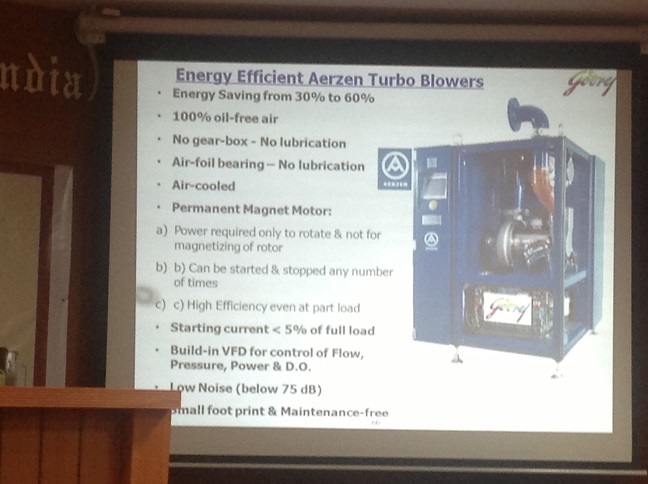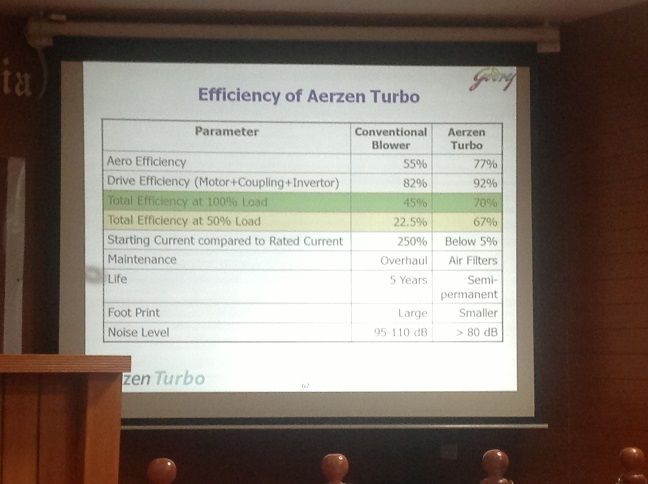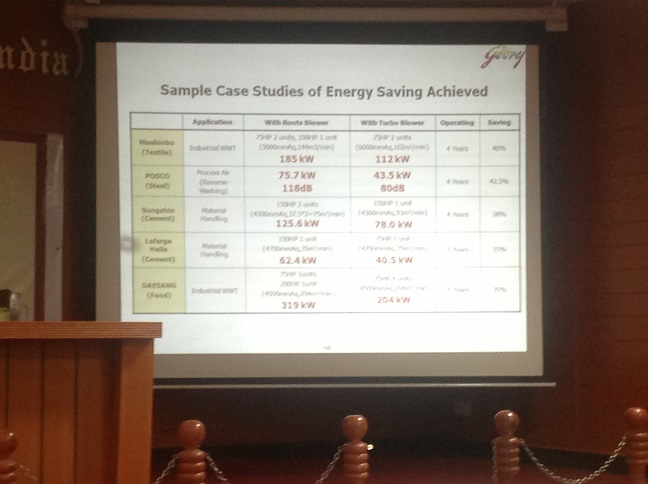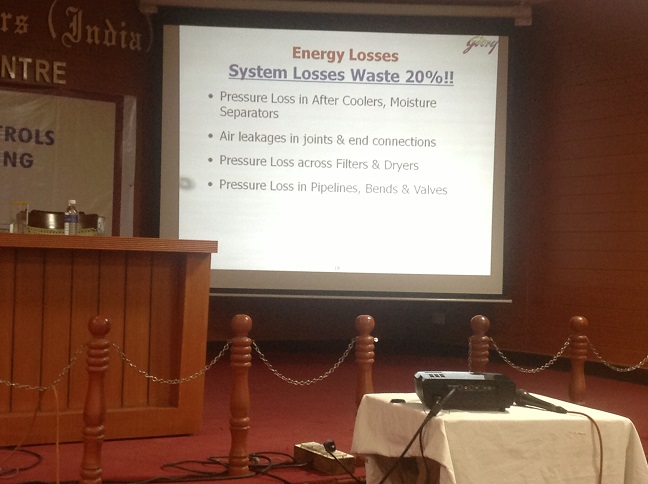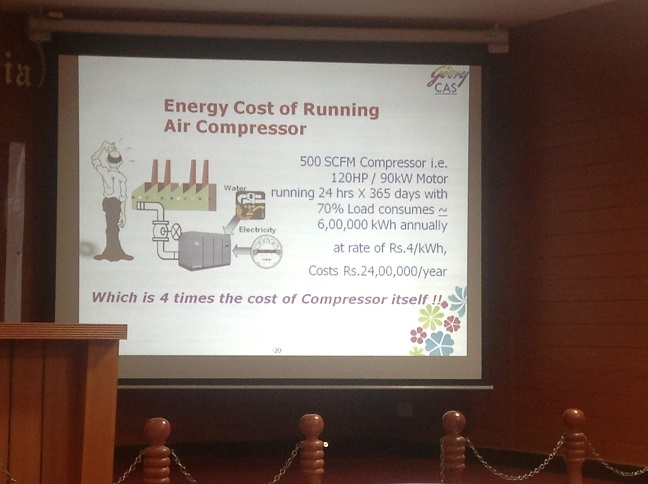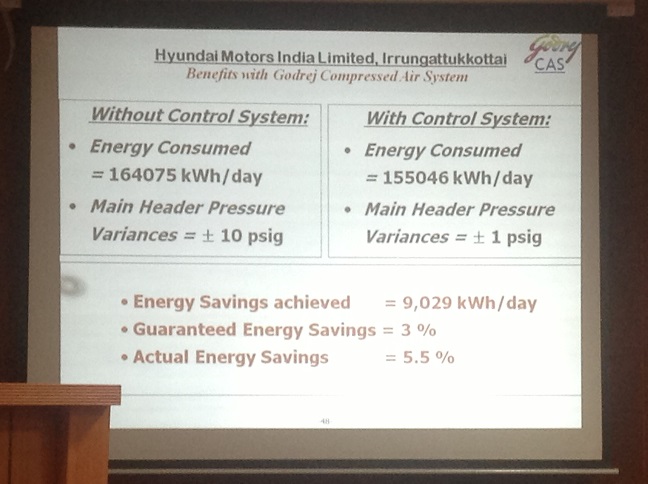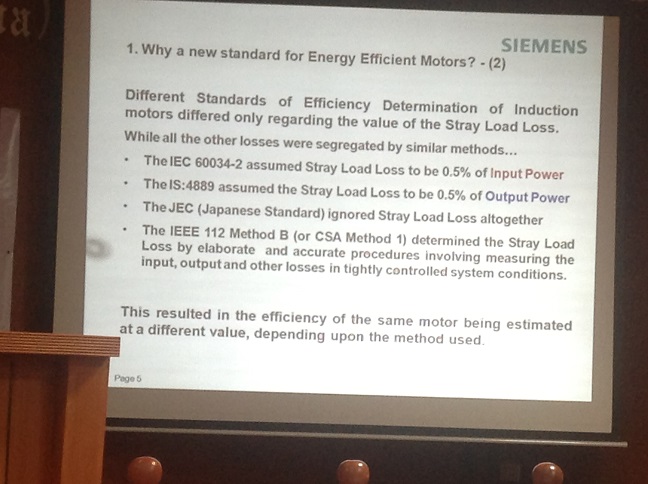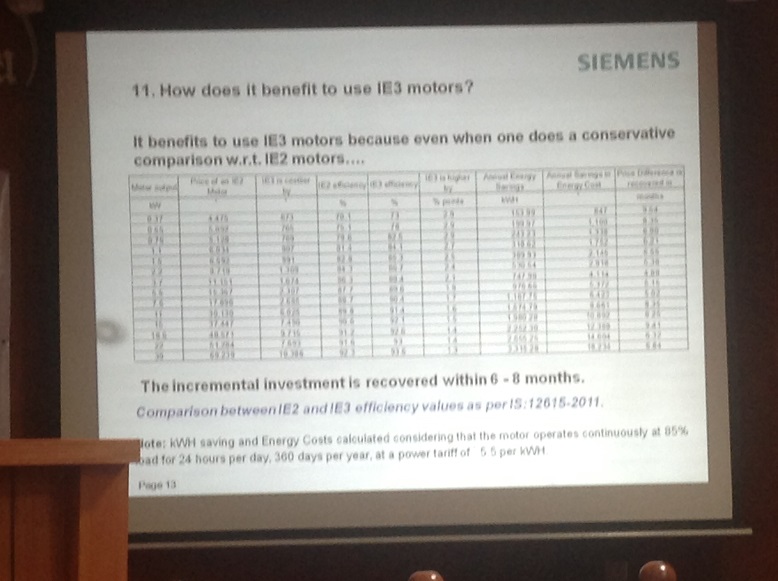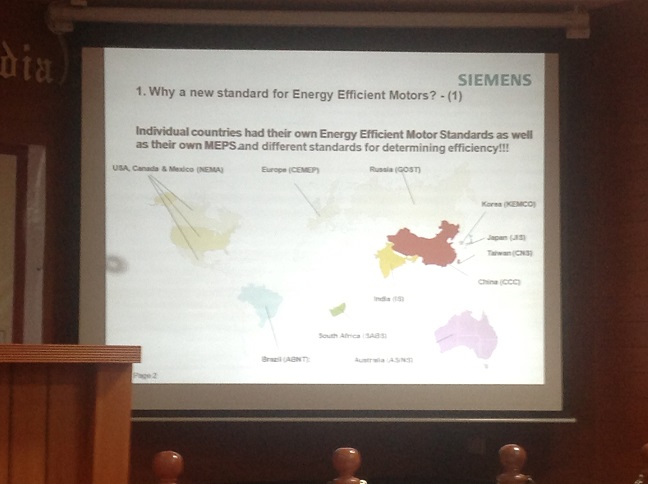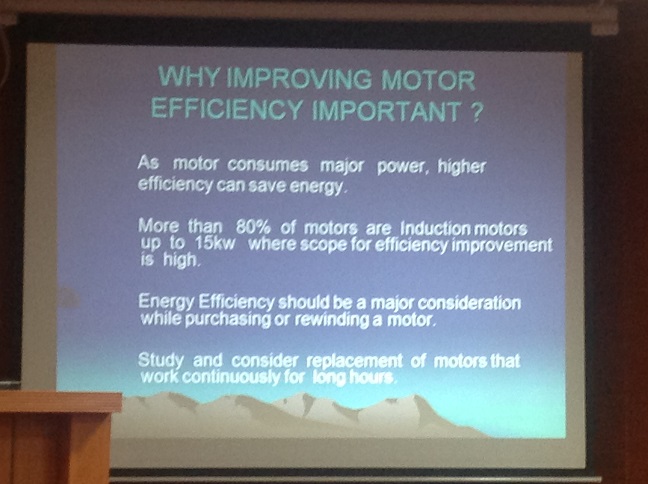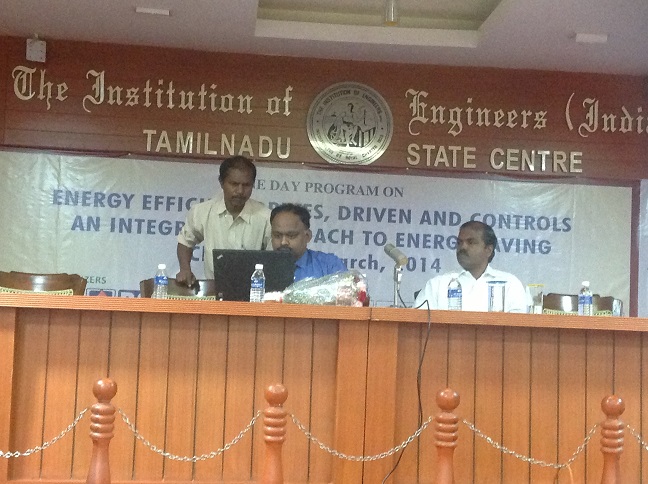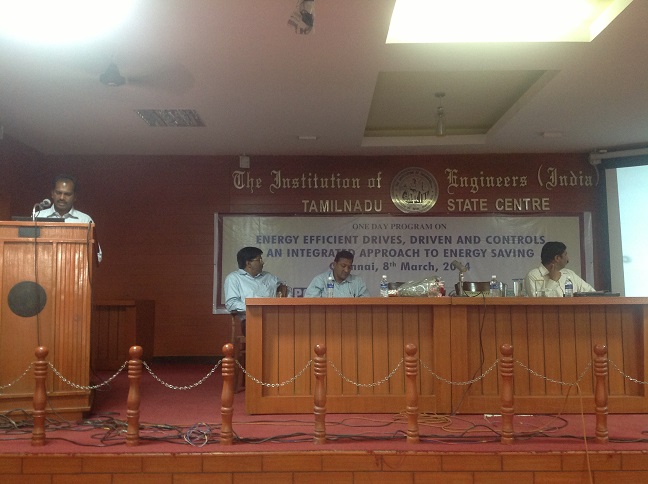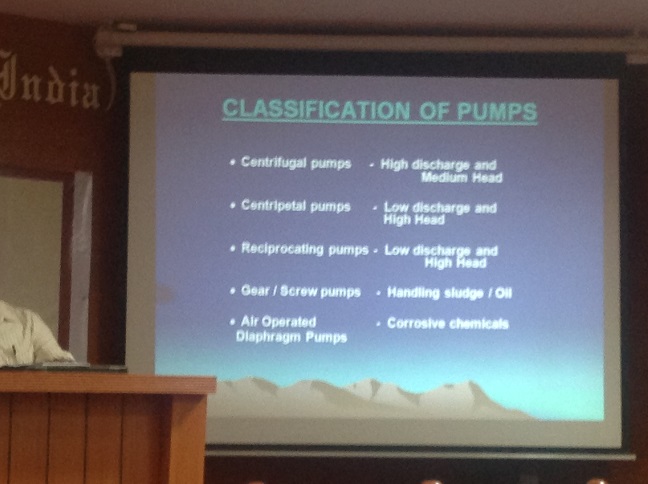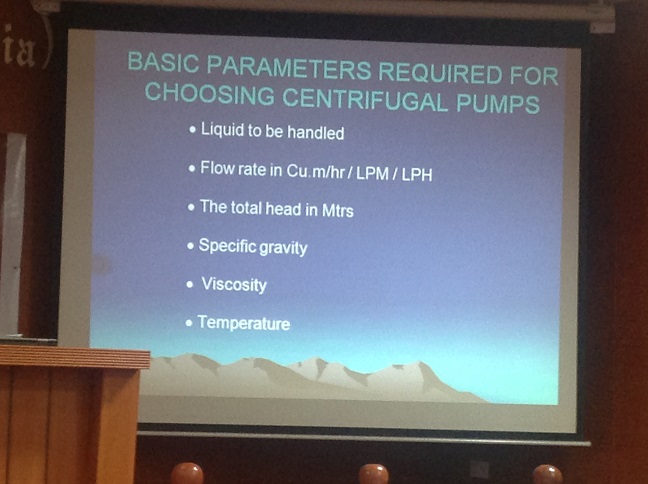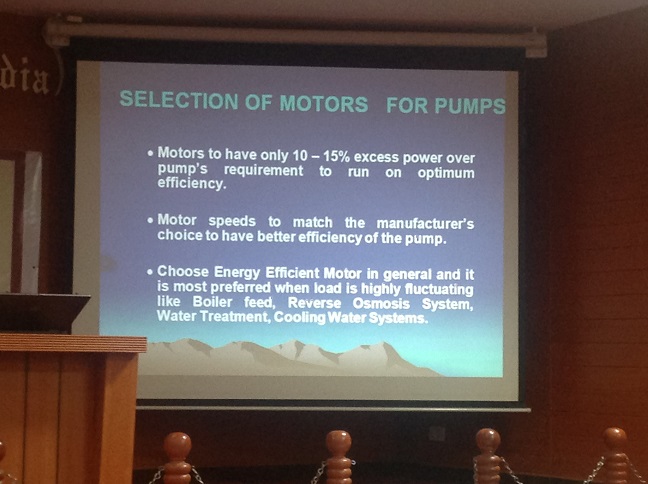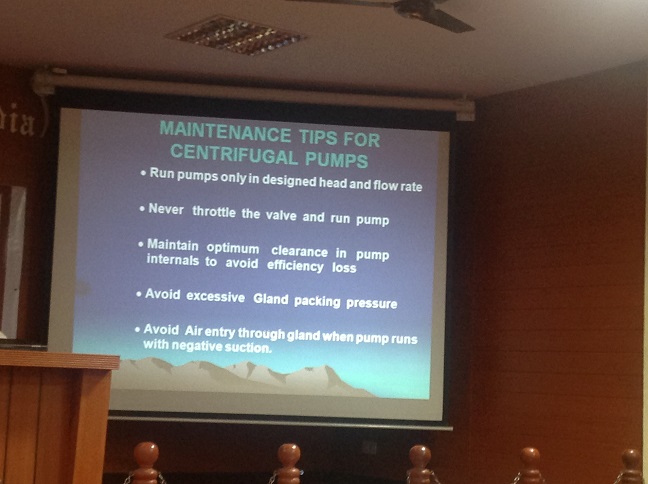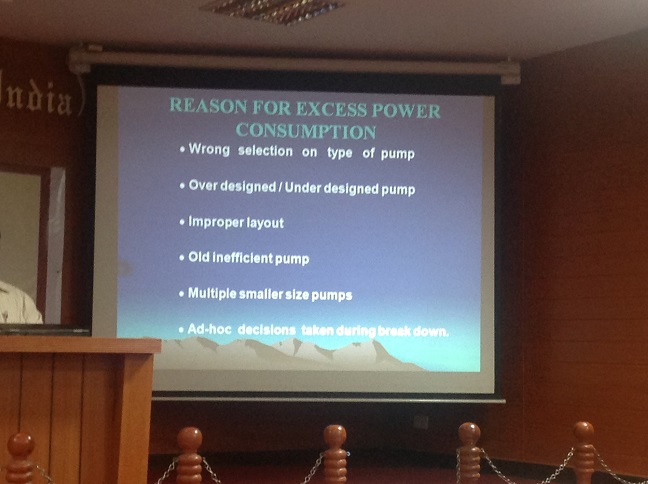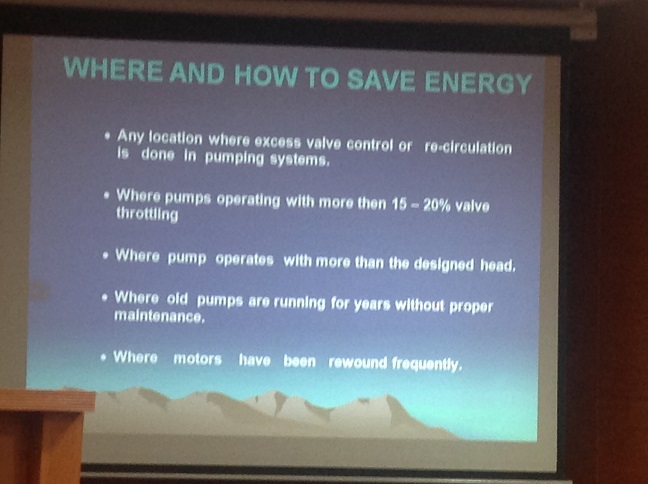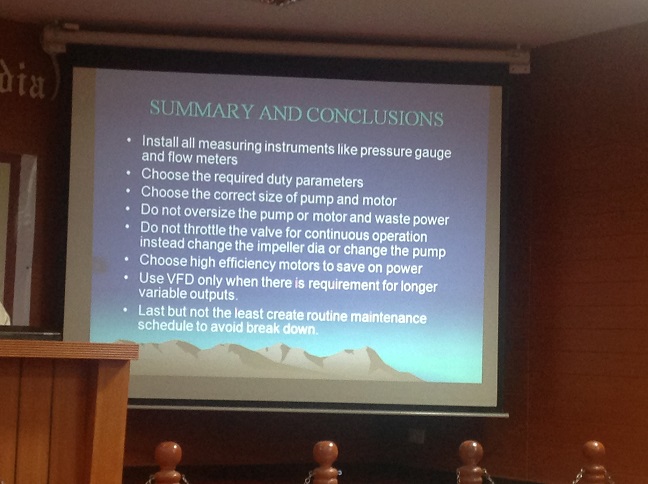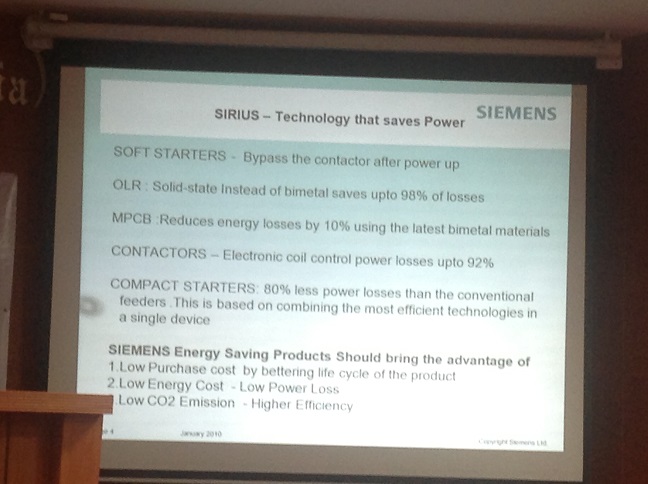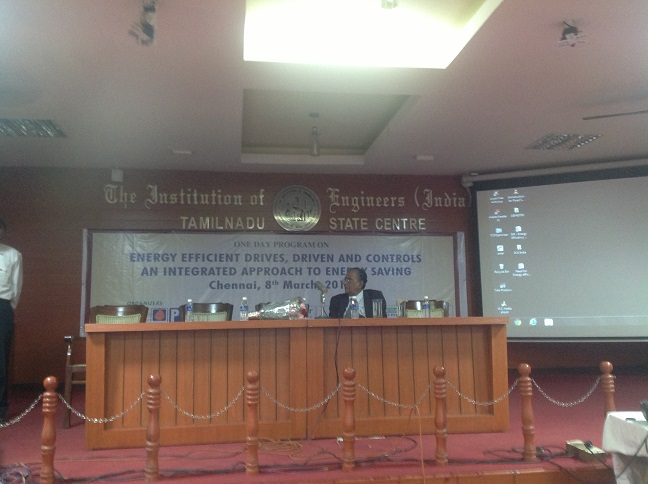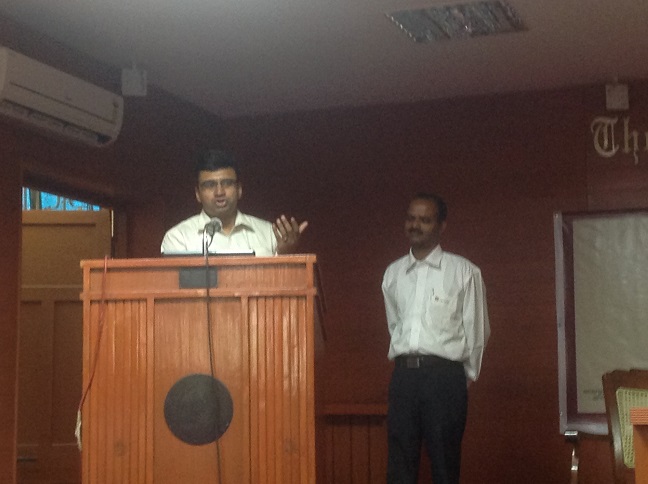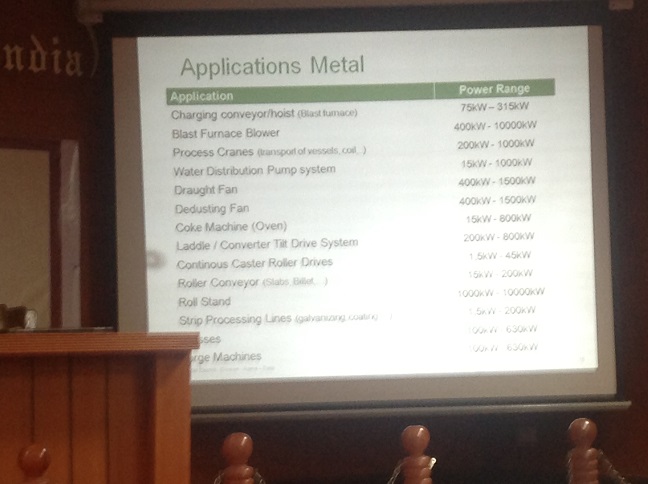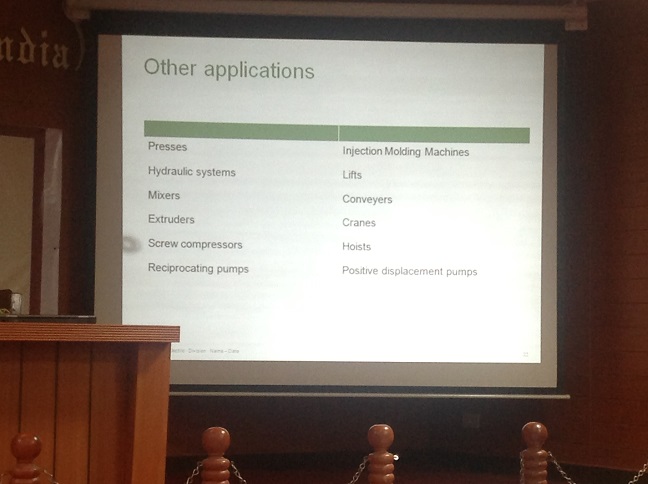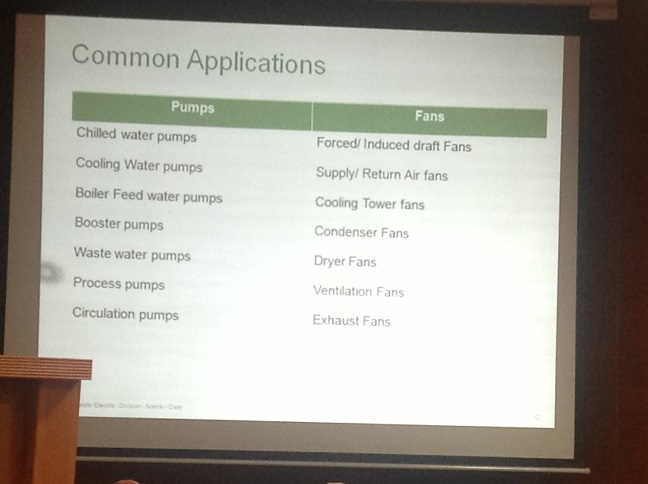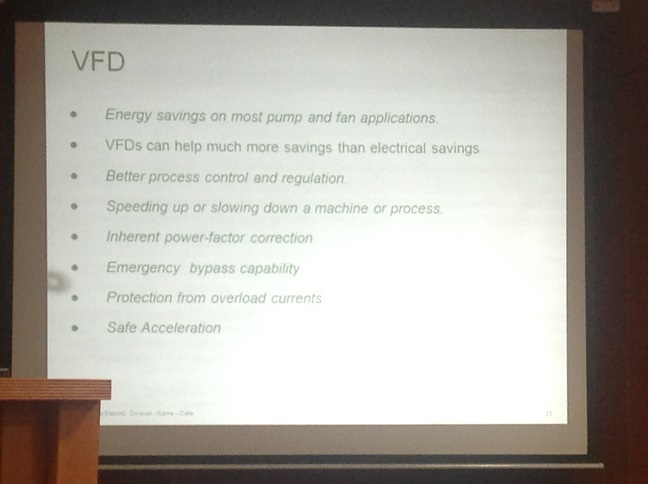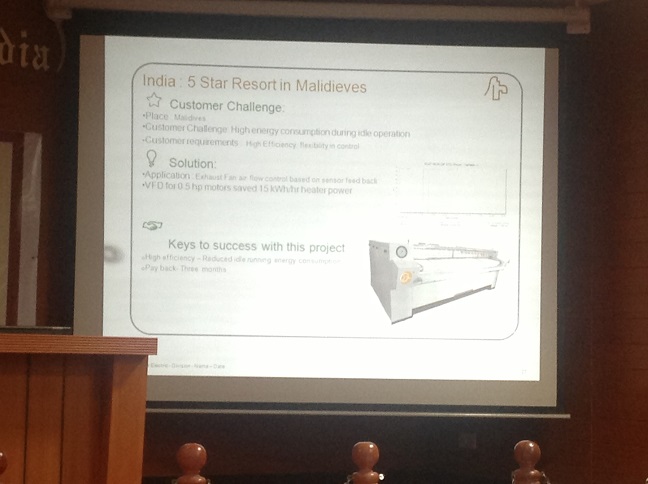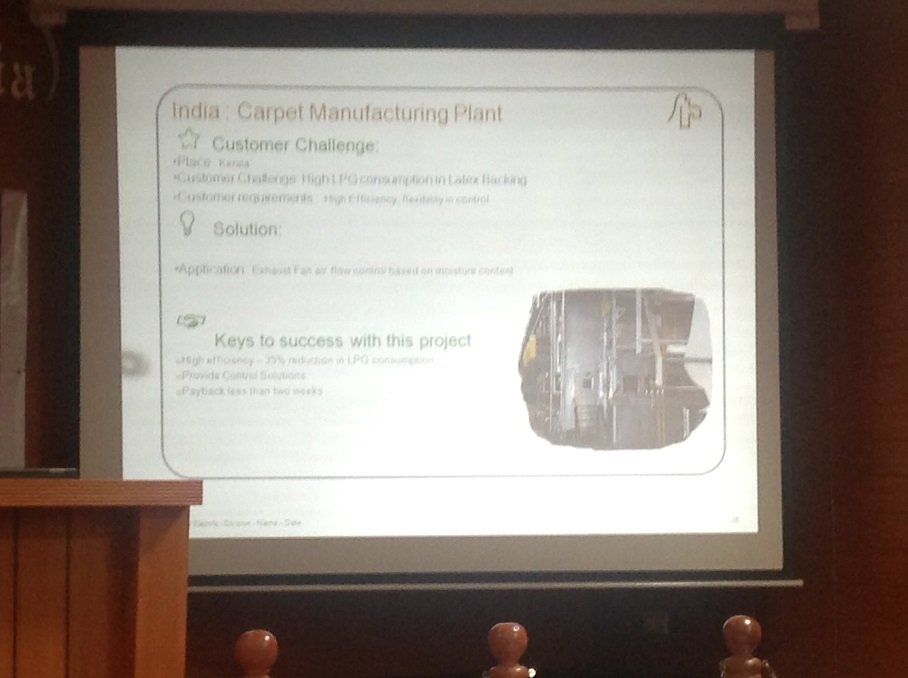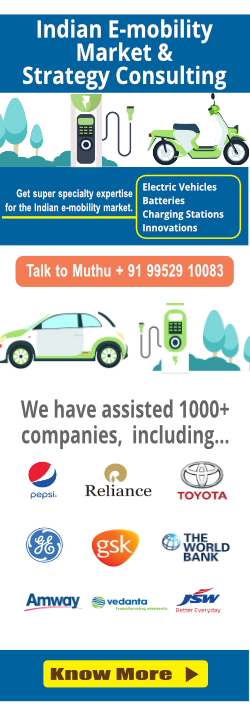For the past two years, I had been keenly observing the energy efficiency space, for two reasons:
1. Energy efficiency facilitates a migration to a more sustainable world as much as, or even better than, renewable energy sources
2. The paybacks for energy efficiency projects are much better than what they are for most renewable energy projects
I had attended an interesting workshop on Energy Efficient Drives – an integrated approach to Energy saving on 8th March 2014 at Chennai.
Energy efficiency has been a topic I have been drawn to last couple of years owing to its enormous potential to lead us to a sustainable energy future.
But my knowledge of industrial energy efficiency has been quite patchy. To a certain extent, I could say that this workshop provided clarifications.
Am providing brief summary of what transpired and snapshots of lots of slides.
Audience comprised mainly the following
- Energy Managers and Auditors
- Factory Operators
- Maintenance and Energy Engineers and Managers
- Consultants and Application Engineers and Managers
Presentation on Energy Efficient Motors
- Presentation on Energy Efficiency and Compressors
- Presentation on Variable Speed Drives and Energy Saving
- Energy Efficient Pumping Systems
- Presentation on Energy Efficient Fans and Blowers
Some bullet points
- Industrial motors, transformers and air conditoners alone contribute significantly to energy consumption
- Star rating available for industrial motors
- India also adopted energy efficient industrial motors since 2011
- 68 lac motors produced, 99.8% LT motors?? Is this for India alone?
- 100s of seminars have been conducted on energy efficient industrial motors in India
- Motor energy saving calculator available on International Copper Association web site (available from www.copperindia.org)
- TVS Group energy efficiency motor calculation available in the iPad snap
- Different countries have differing energy efficient motor standards
- Higher efficiency means more motor, more motor means higher starting current
- Industry should take much higher care while selecting and maintaining motors
- Siemens representative spoke energy efficient switchgears
- Godrej representative spoke on Compressors
- Running cost of a compressor per year is four times the purchase cost
- Pressure not stable at various stages of a compressor, Godrej compressors maintain constant pressure
- Blowers
- Turbo blowers – higher end
- Latest – twisted, trilobe blowers
- Overall, 40% efficiency possible from the lowest end of the blowers to the highest
- Compressors
- “Air is free, compressed air is costly” says Kannan
- VFD presentation by Danfoss representative
- represented by Techno Products, enhancing VFD’s productivity
- Drive has fewer components
- Drive used as a pum
- For some of their HVAC drives, building management systems can be avoided
- Energy savings – cooling tower automation, payback period – 10 months
- Significant power savings for refrigeration using VFDs
- 3 levels of coating are available. Their drives can even survive harsh environments
- Gap between drives can be very small
- Energy saving cooling design – talks a lot about lot of heat being taken before the panel room, but not sure if that heat is used anywhere
- One expert said harmonics is a big issue
- Entex – Mr Reddy, Energy Efficient Pumping Systems
- Most guys just say 5 HP pump, but they should also specify other parameters for the pump
- At 100% flow, efficiency is the highest – 75-80%
- Many times, pumps could be overdesigned or underdesigned
- If overdesigned, pump will flow at a higher flow rate, then need throttle and decreases efficiency
- Another way to run an overdesigned pump will be to use a VFD or trim the diameter
- VFD is not a great idea for fixed flow systems
- HVACs and chillers could require variable flows and hence VFDs
- Between trimming and throttling, trimming could be better than throttling
- Gave an eg where an ad hoc replacement ended with a 10 HP replaced for 5 HP temporarily, but the 10 HP continued even after the 5 HP had been repaired, and when they had to finally replace the old 10 HP, was replaced by a 10 HP.
- Benet George from Schneider Electric
- Spoke on VFD applications in industry
- VFDs only where there is significant variance in loads
- VFDs can also do thermal savings?
- Other options instead of VFDs – resizing, trimming, multiple pumps, stop/start
- Carpet manufacturing – 2 HP, payback period was a few days
- Efficient fans and blowers – VFDs cannot do anything about the inherent inefficiencies in fans and blowers
Pics of slides and more
==
==
==
==
==
==
==
==
==
==
==
==
==
==
==
==
==
[==
==
==
==
==
==
==
==
==
==
==
==
See also: an interesting emerging cleantech segment – Building Energy Analytics



